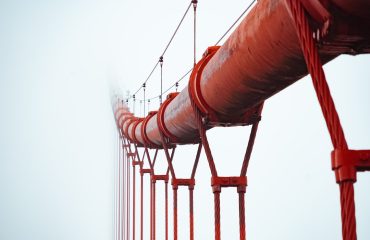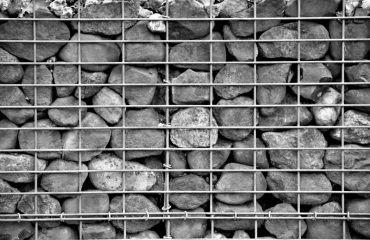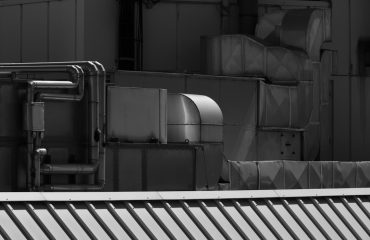Fire-resistant steel, often mistakenly referred to as fireproof steel (no steel is truly fireproof), plays a crucial role in modern construction and various industrial applications where fire safety is paramount. This comprehensive guide delves into the intricacies of these remarkable materials, exploring their properties, applications, and the science that makes them indispensable in safeguarding lives and property.
Understanding the Science Behind Fire-Resistant Steel
The fire resistance of steel isn’t about inherent incombustibility; rather, it’s about delaying the structural failure of steel components during a fire. Ordinary steel loses its strength significantly at temperatures exceeding 500°C (932°F), leading to catastrophic collapse. Fire-resistant steel, however, employs various mechanisms to mitigate this weakness. These include:
- Alloying: Adding specific elements like chromium, nickel, molybdenum, and silicon to the steel alloy increases its high-temperature strength and resistance to oxidation. These elements form protective oxide layers that slow down the degradation process.
- Heat Treatment: Controlled heating and cooling processes alter the microstructure of the steel, enhancing its strength and ductility at elevated temperatures. This ensures the steel retains its load-bearing capacity even under intense heat.
- Protective Coatings: Intumescent coatings, ceramic fibers, and other protective layers insulate the steel from direct flame exposure, slowing down the rate of temperature increase and protecting the underlying steel structure.
Different Grades and Types of Fire-Resistant Steel
Fire-resistant steels aren’t a single monolithic material. Several grades exist, each tailored to specific applications and temperature requirements. These grades are often specified by standards like ASTM (American Society for Testing and Materials) and EN (European Norm). Key factors influencing the grade selection include the required fire resistance rating (often expressed in hours), the anticipated temperature exposure, and the structural load-bearing capacity.
Common examples include high-strength low-alloy steels (HSLA), stainless steels (with varying chromium and nickel content), and specialized alloys designed for extreme high-temperature applications like those found in power generation or aerospace.
Applications of Fire-Resistant Steel in Construction and Industry
The versatility of fire-resistant steel makes it a cornerstone material in various sectors:
- High-rise Buildings: Structural elements like columns, beams, and floors in skyscrapers rely heavily on fire-resistant steel to maintain stability during a fire, facilitating safe evacuation.
- Bridges and Infrastructure: Critical infrastructure projects utilize fire-resistant steel to ensure continued functionality even in the event of a fire, minimizing disruption and potential collapse.
- Offshore Platforms: The harsh marine environment and the potential for fire hazards necessitate the use of highly corrosion-resistant and fire-resistant steel alloys in offshore oil and gas platforms.
- Industrial Facilities: Factories, power plants, and chemical processing plants often employ fire-resistant steel in critical equipment and structures to prevent catastrophic failures.
- Fire Doors and Protection Systems: Fire doors and other fire-rated assemblies frequently incorporate fire-resistant steel to provide crucial barriers to fire spread.
Testing and Certification of Fire-Resistant Steel
Rigorous testing is crucial to ensure the performance of fire-resistant steel. Standardized tests, often involving exposure to controlled fire conditions, assess the material’s ability to maintain its structural integrity and load-bearing capacity over a specified duration. These tests usually involve measuring temperature profiles, deflection, and residual strength after exposure. Certification bodies, such as UL (Underwriters Laboratories) and Intertek, provide independent verification of the fire resistance ratings, ensuring compliance with building codes and safety regulations.
Future Advancements in Fire-Resistant Steel Technology
Research and development continue to push the boundaries of fire-resistant steel technology. Areas of focus include:
- Development of Novel Alloys: Scientists are exploring new alloy compositions to achieve even higher temperature resistance and improved mechanical properties at elevated temperatures.
- Advanced Protective Coatings: Research into more efficient and durable protective coatings is ongoing, aiming for improved insulation and longer service life.
- Smart Materials and Sensors: Integrating sensors and smart materials into steel structures can provide real-time monitoring of temperature and structural integrity during a fire, improving fire response and mitigation strategies.
- Sustainable Steel Production: Efforts are underway to develop more sustainable methods for producing fire-resistant steel, minimizing environmental impact.
In conclusion, fire-resistant steel is not merely a material; it’s a critical component in safeguarding lives and protecting assets. Its ongoing evolution, driven by research and innovation, continues to enhance its performance and expand its applications, ensuring a safer and more resilient built environment.




